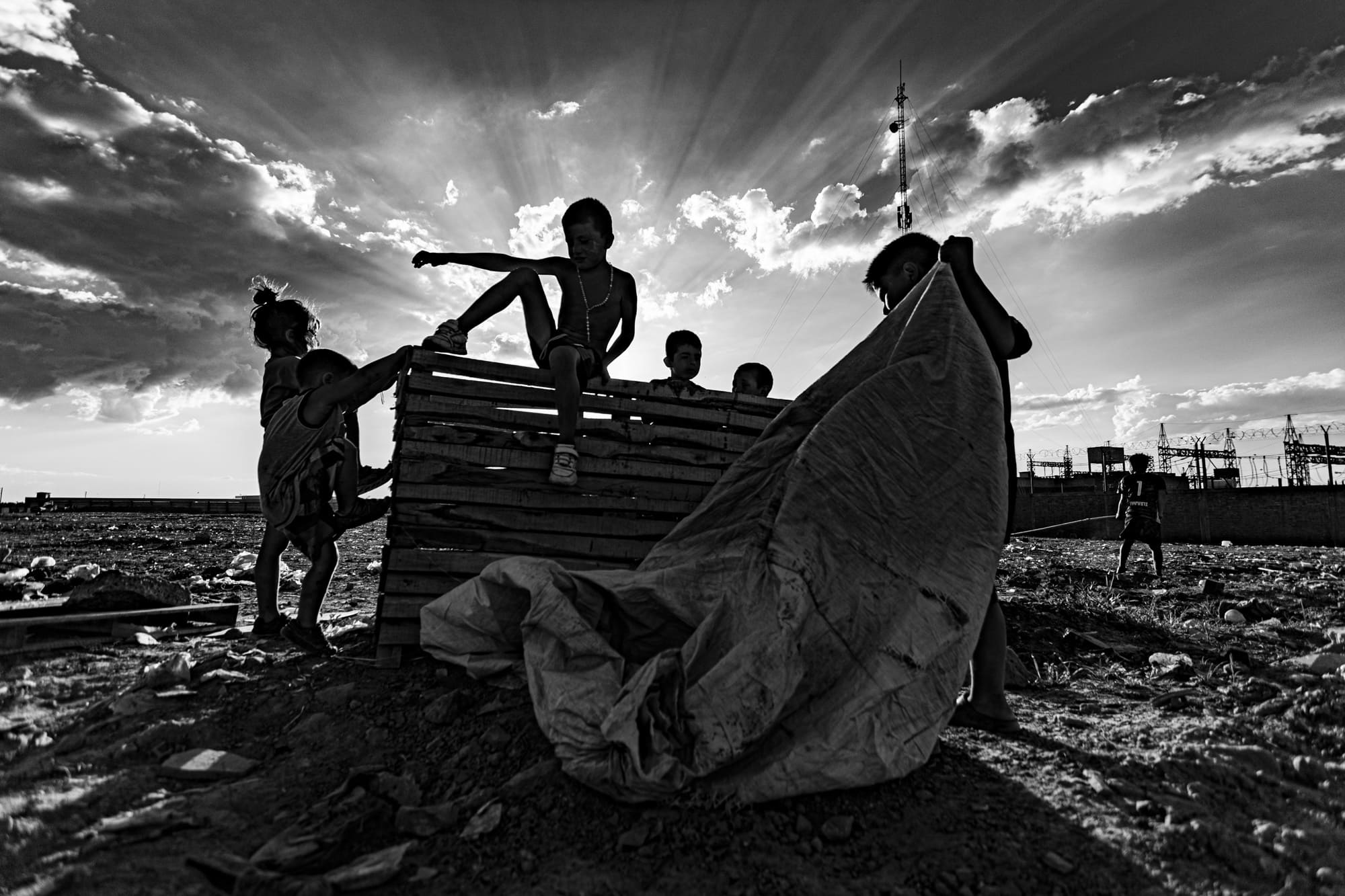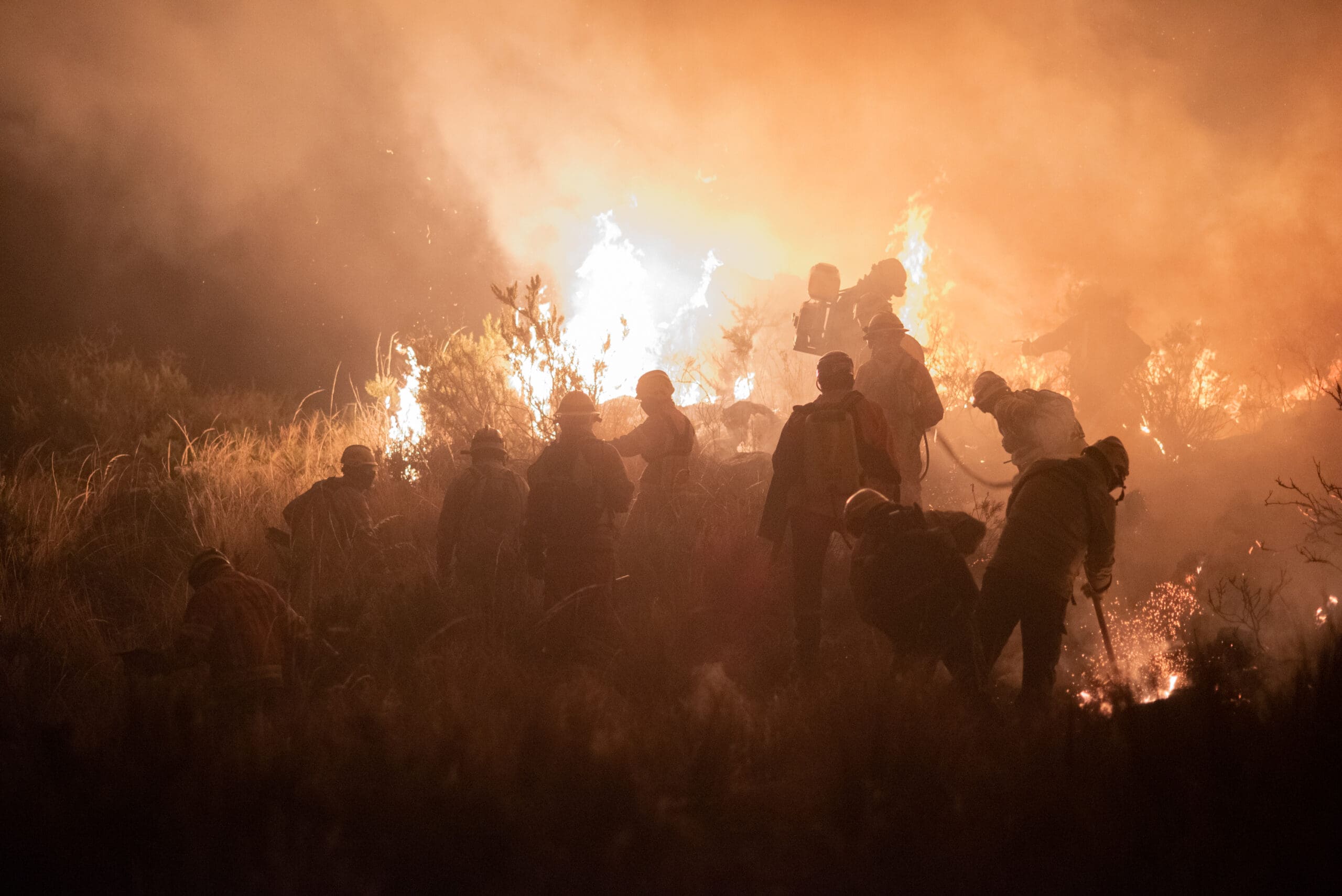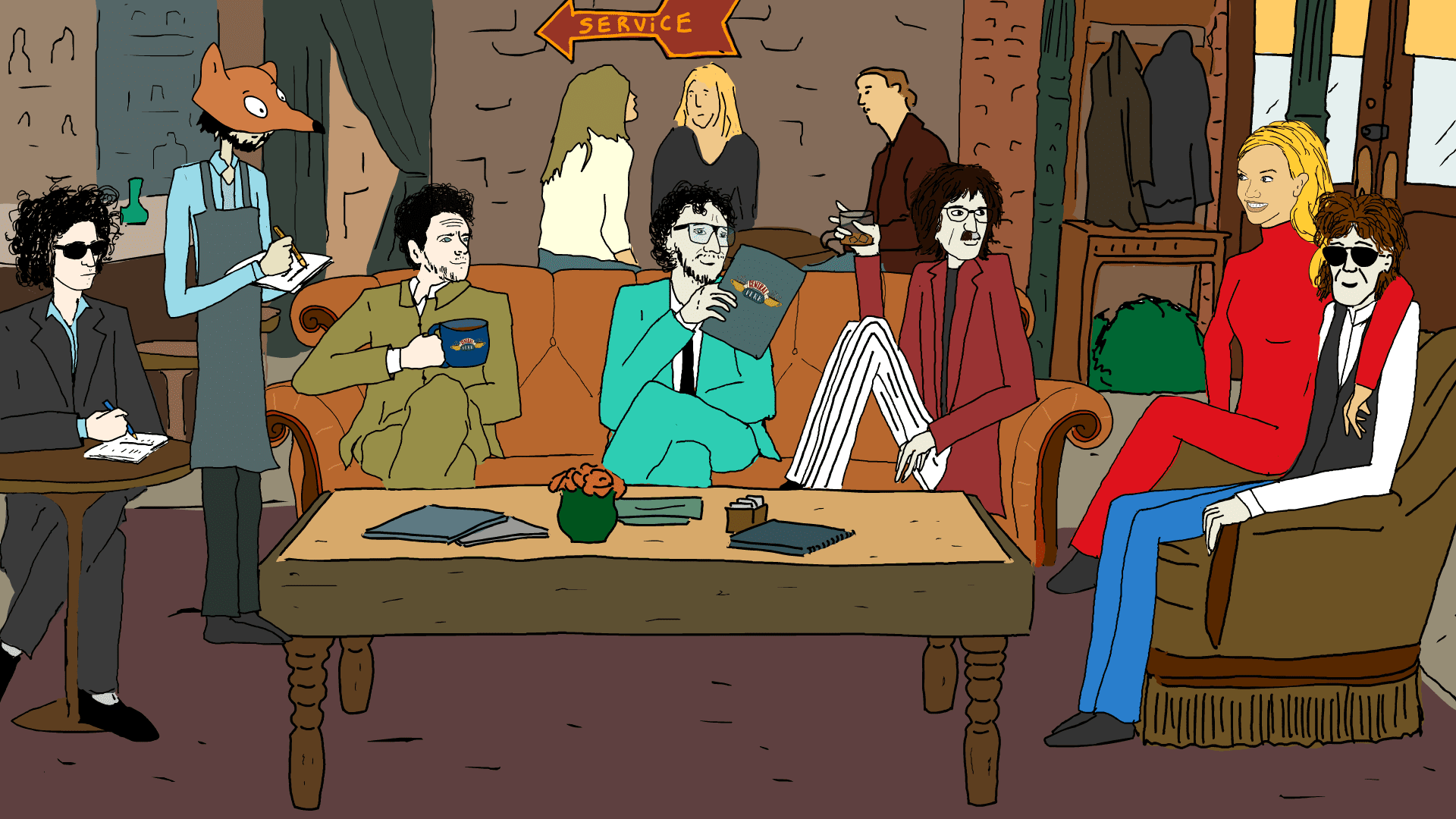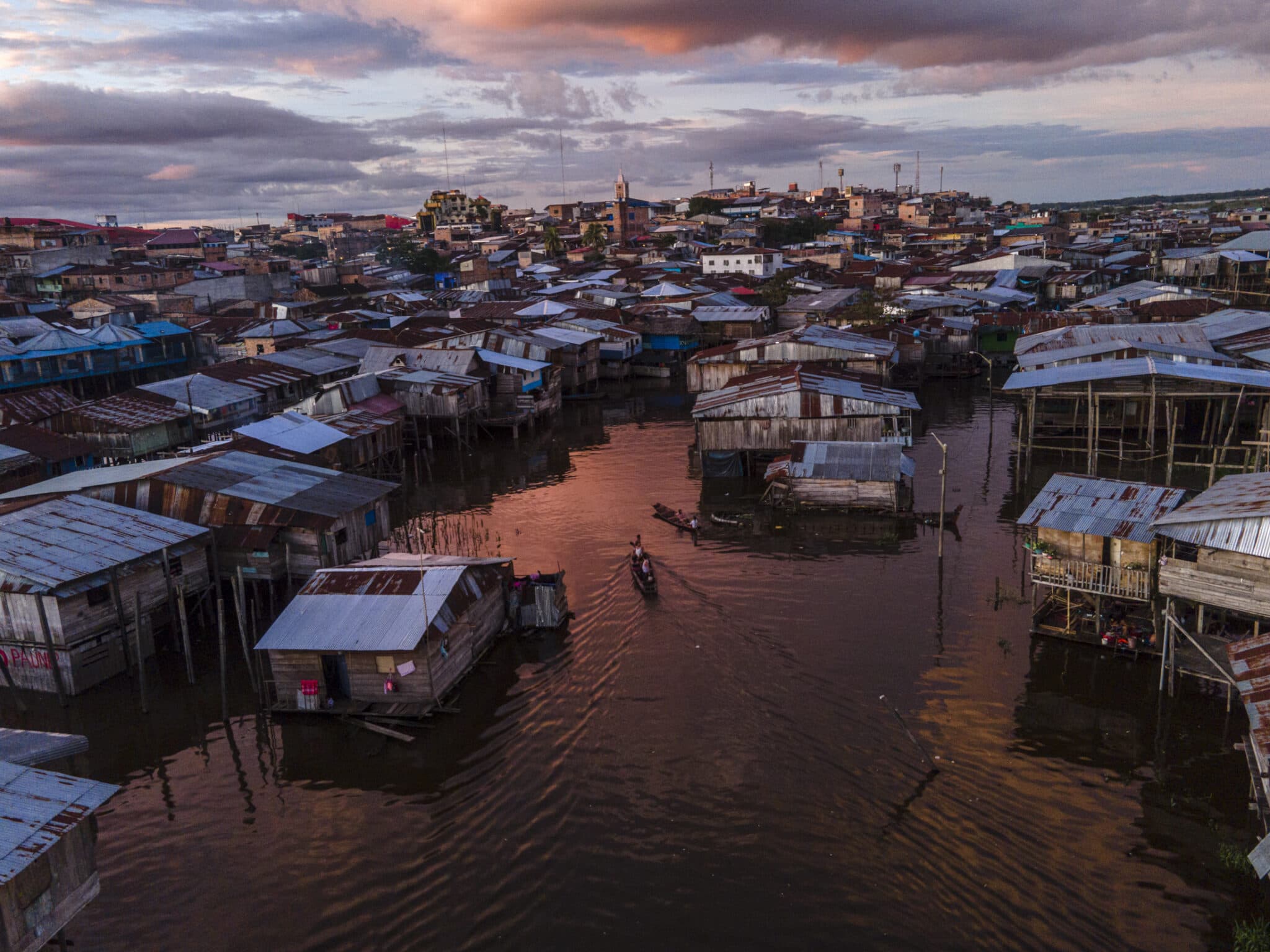
Portraits of a thirsty country
With funding from the Bertha Foundation, Musuk Nolte documents the problem of access to drinking water in Peru: a country where poverty reaches almost a third of the population and whose complex geography demands creative solutions to an ongoing ecological crisis.
By Alonso Almenara
How long can a city built on polluted water hold out? The neighborhood of Belen faces this problem. The “Amazonian Venice” built along the banks of the Itaya River, in the heart of the Peruvian Amazon. Emerging in the mid-nineteenth century as a hamlet of Omagua fishermen, this suburb of Iquitos has become its central port and major tourist attraction: there is its famous market with all kinds of fruits, bush meat, and medicinal plants, its floating houses of wood and palm roofs, the neighbors who play the water in rafts and motor-driven canoes. The lack of road connection announces the character of a city that, in its most essential aspects, depends on the river to sustain itself.
But Belén is also Iquitos’ poorest neighborhood. Approximately 2,600 families are adrift: their homes are built in a flood zone, considered high-risk, and they have no essential drinking water, electricity, or sewage services. Contamination is evident. “It’s a paradox of this neighborhood where people live on the water but can’t use it,” says Musuk Nolte, a Peruvian photographer, Pulitzer Center fellow, and winner of the Bertha Challenge 2022, a fund for activists and journalists covering social justice issues. Nolte, part of VIST’s investigative team, is preparing a feature-length report on the water issue in Peru. In this country, between 7 and 8 million people (nearly a quarter of the population) do not have access to a clean water source.
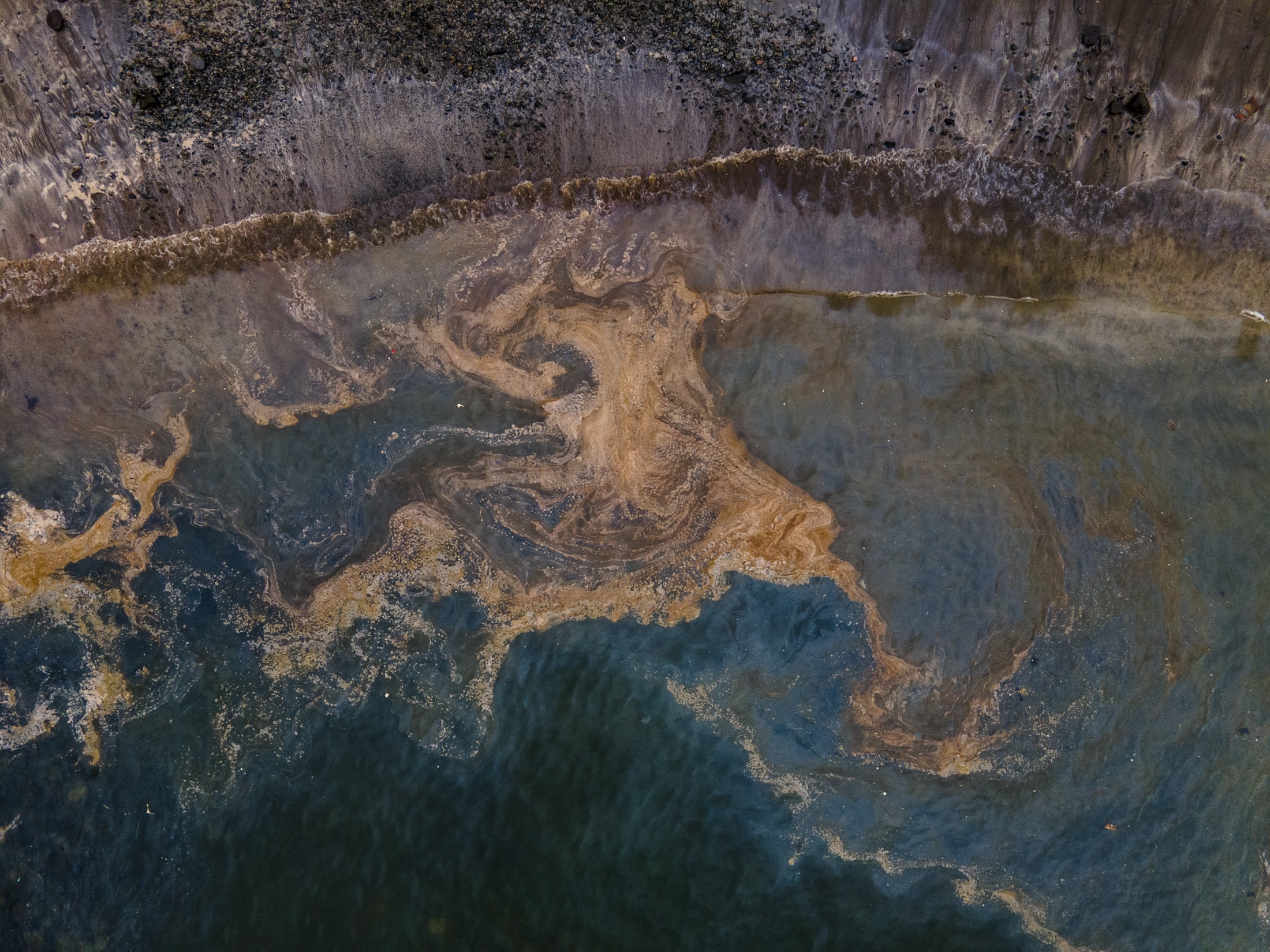
Musuk Nolte
In the Belén district, pollution is partly due to the impact of extractive industries and waste from sawmills. “But the population is also responsible for the pollution of the river,” says Nolte. A 2014 study warns that the lower Belén area produces 300 tons of solid waste per month, most of which is dumped into the river. To the problem of garbage, accumulation is added that of open pit latrines whose pipes are dumped into the waters of the Itaya. The result is dramatic: the water of this tributary of the Amazon is not for human consumption. Even so, it is enough to walk through the neighborhood any day to see how the neighbors bathe, wash their clothes and use the contaminated river water for cooking their food or drinking it without any fear. Illnesses have multiplied: out of every ten residents, four suffer from some respiratory disorder and three from diarrhea. There are also numerous cases of malaria and leptospirosis, a disease transmitted to humans by rats, which can cause fatal infections of the kidneys, liver, brain, lungs, or heart.
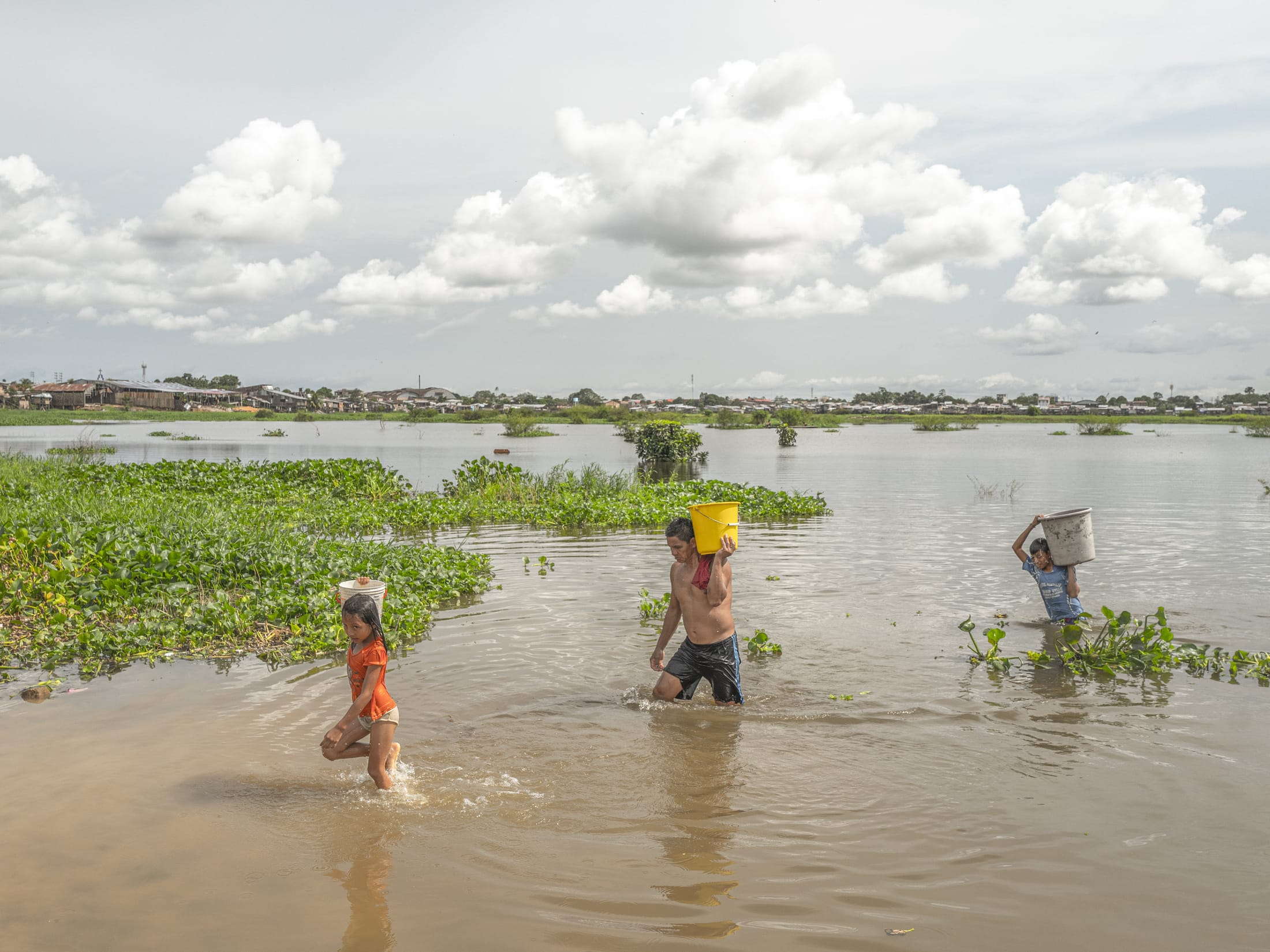
Musuk Nolte
“My role as a photographer is not to judge people,” says Nolte. Instead, his work consists of documenting pressing situations, a task in which the Peruvian stands out for the expressive force of his images: something vital when the capital’s media ignore the issues he looks at. The case of Belen is unique, but each ecological floor of the varied Peruvian geography suffers from problems with access to water for different reasons. “There are already cities that have water restrictions, even in the periphery of Lima, where water sometimes arrives or does not arrive with the pressure it should. But if you lift a drone over the privileged neighborhoods of the capital, you will see that many pools use large amounts of water. The hoarding of this resource is irrational.”
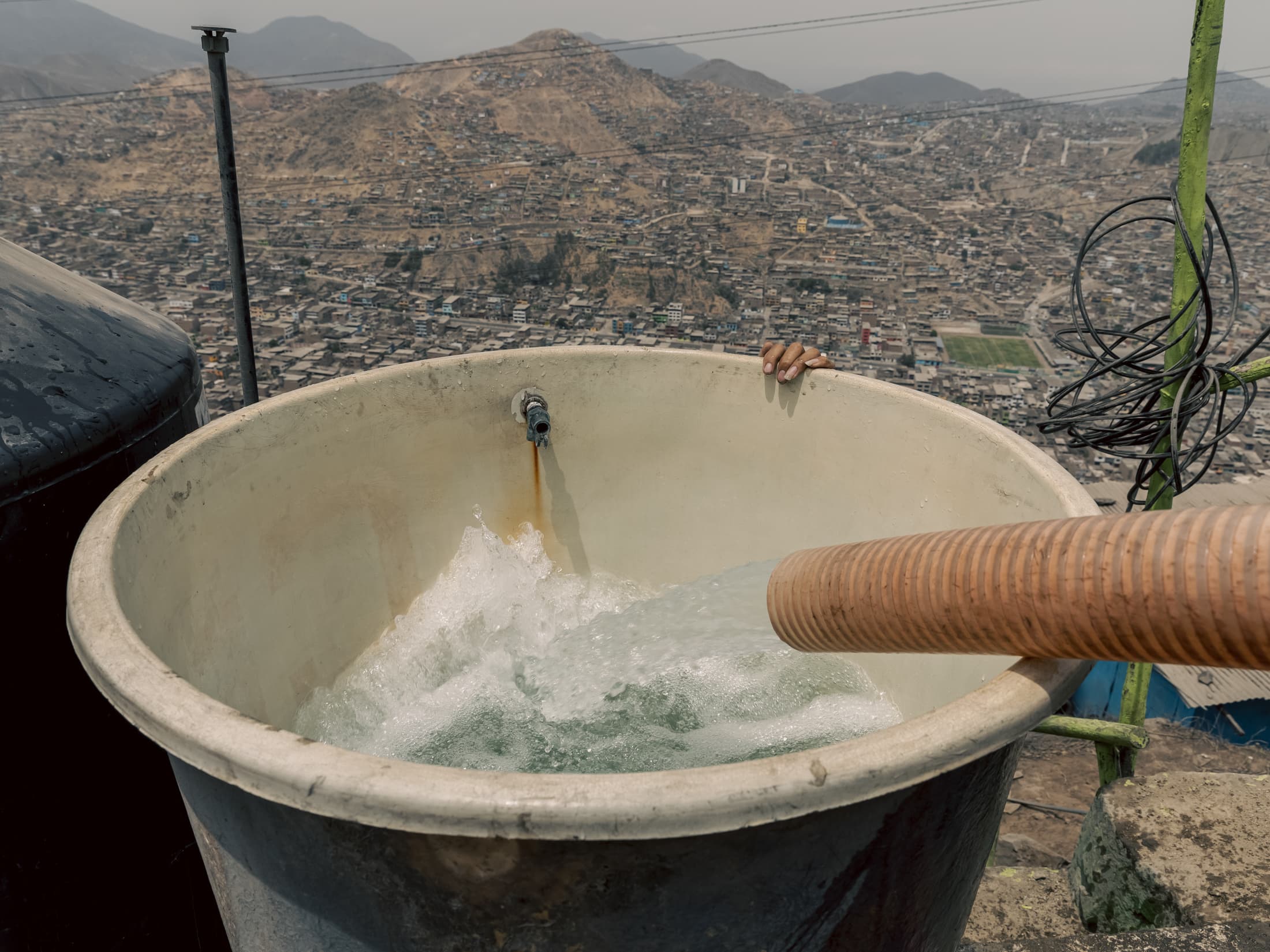
Musuk Nolte
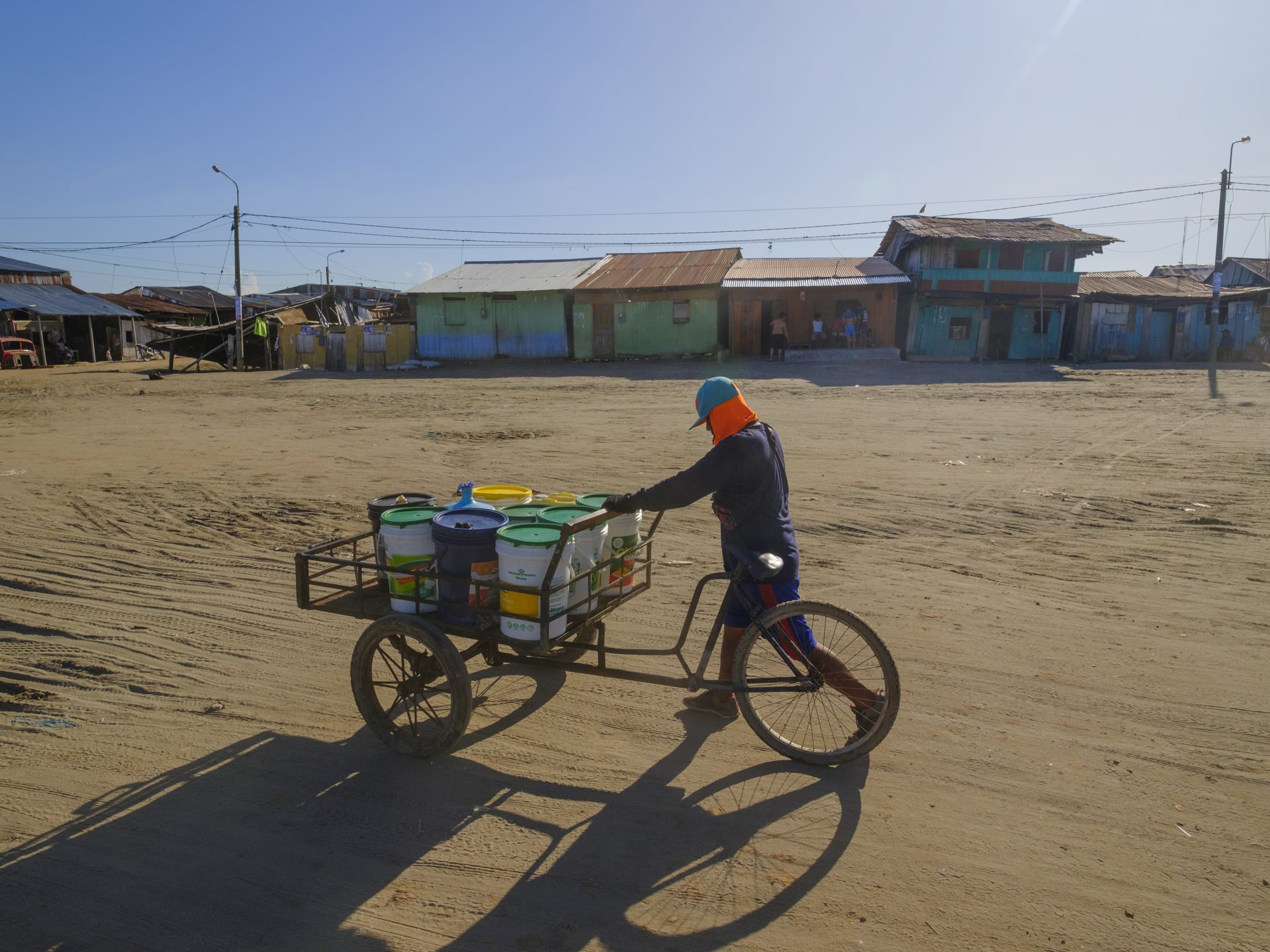
Shifting gazes
The covid-19 pandemic has further complicated matters. Confinement has increased the water consumption of Peruvian families, generating shortages and price hikes in the service, mainly for homes supplied by tanker trucks. As Nolte says, “in a situation where the way to protect yourself from the virus is to wash your hands, how do you do it if you have no water?”. In Bethlehem, the health crisis was exacerbated by the intense market activity, which became an infectious hotspot in the region. In May 2020, nearly 100 percent of the traders tested positive for covid.
The critical picture in this locality of Loreto, marked by a lack of expectations of change in the population, contrasts, however, with initiatives such as the one Nolte recorded in Cusco: the water planting promoted by the Association of Andean Ecosystems since 2014. This practice originated in the Inca period and consisted of planting queñuas. These high Andean trees can prevent erosion and store and filter water that feeds springs. In addition to having a positive impact on agriculture, for Nolte, this campaign is “culturally interesting because it takes up an ancestral practice that has been updated with contemporary knowledge.”
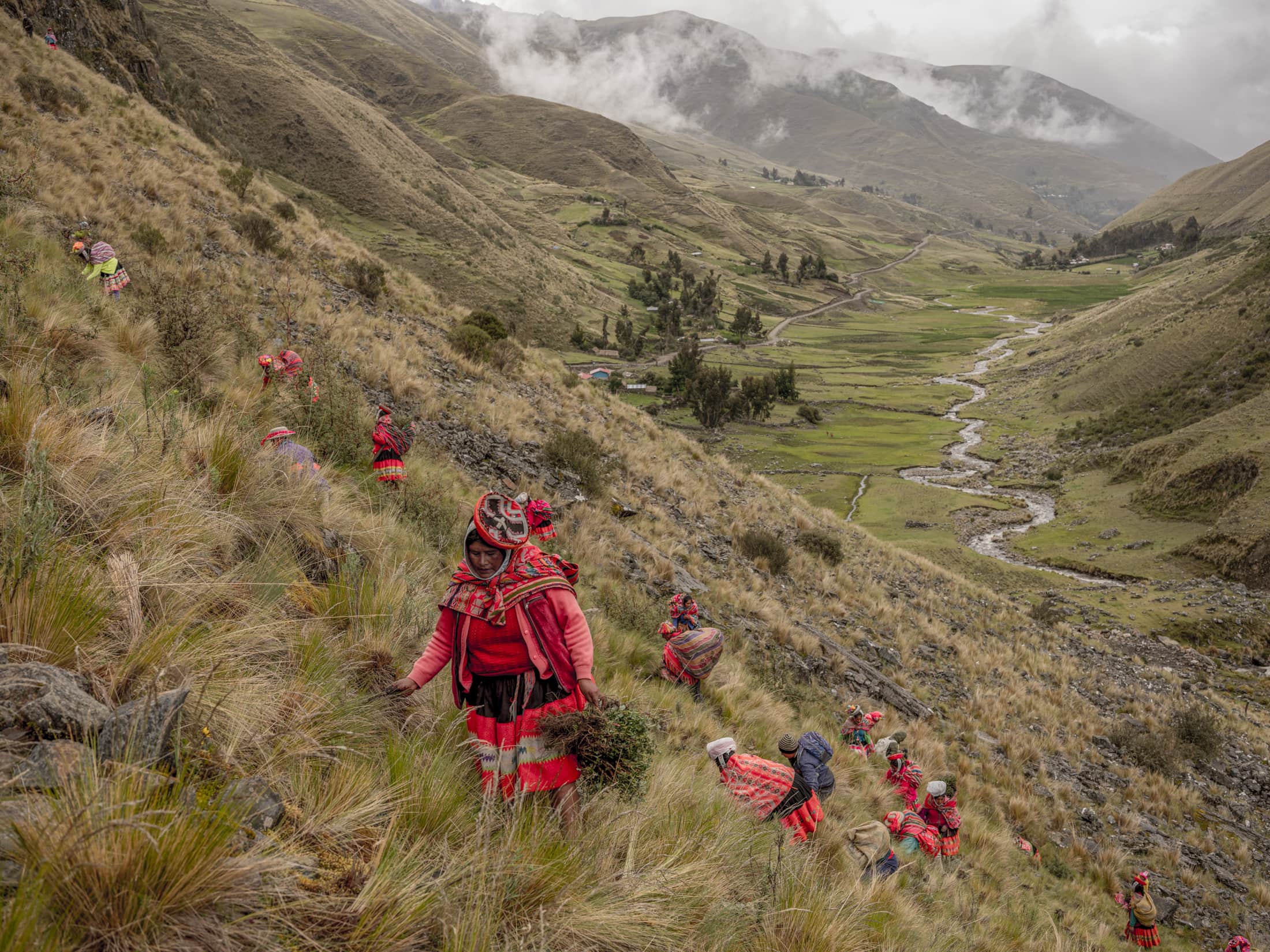
Musuk Nolte
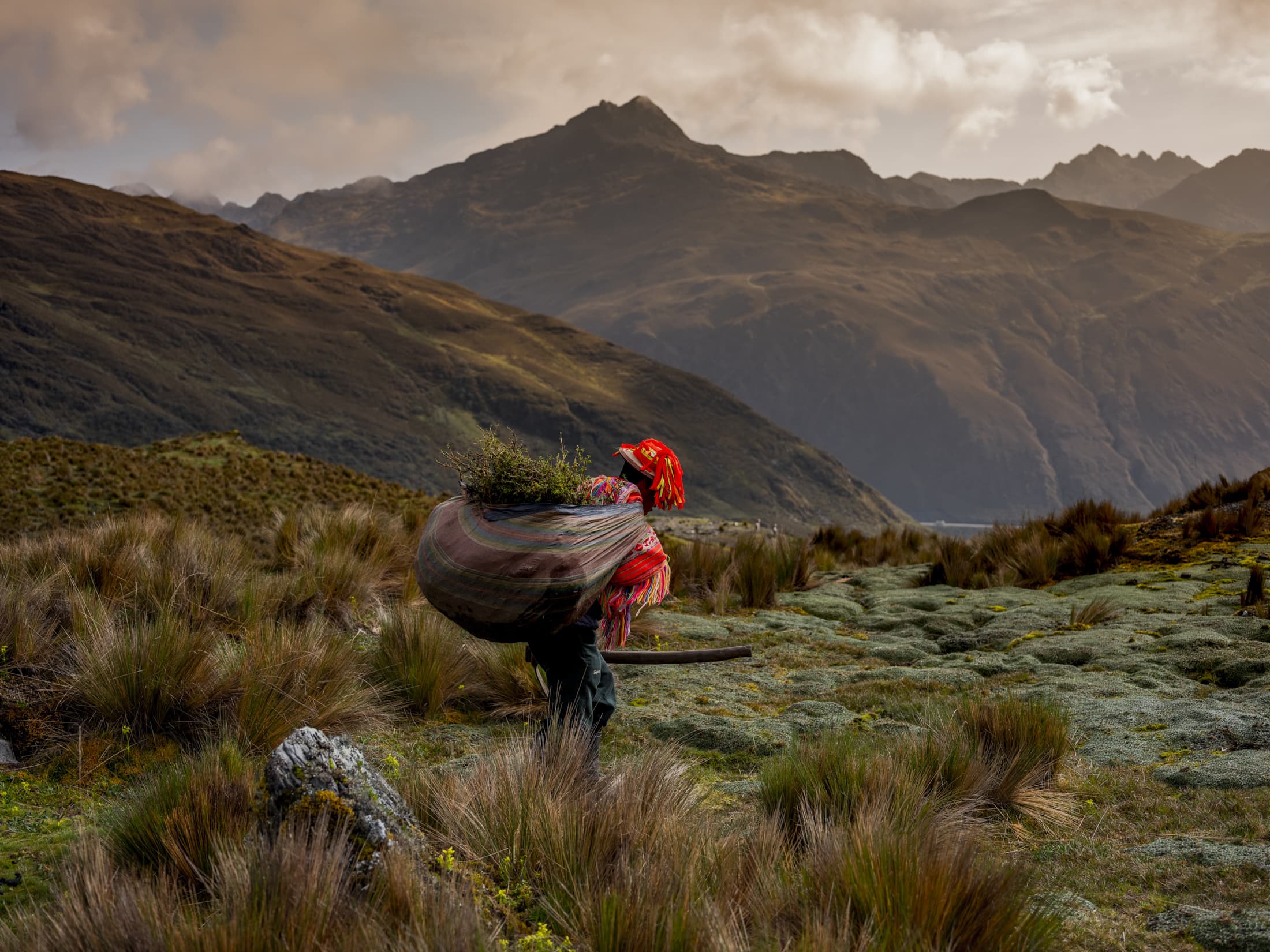
In August, the Peruvian photographer’s project will move to the Puno highlands, where he will examine the situation of one of the bays of Lake Titicaca, at the mouth of the Coata River. There, pollution is linked to wastewater discharge from the city of Juliaca. Nolte’s lens will follow activist Maruja Inquilla, who fights to improve the health conditions of her community. “She reminds me of Ruth Buendía,” says Nolte, referring to the activist internationally recognized for her fight against the construction of two hydroelectric plants in the Ene River basin, which endangered Ashaninka territories. “Maruja has that same spirit, that tough character.”
How to portray an unequal world
Initially, Nolte would not include Lima in the project, but this changed after the oil spill from a Repsol ship in the sea off the central coast of Peru in January of this year. Nolte traveled to Ancón, a beach located north of the capital, where one-half of the bay is occupied by families belonging to the old Lima aristocracy and the other by artisanal fishermen. “The current had carried all the oil to the north, almost as if it had decided to contaminate only the poorest sector. When I went by boat to photograph the islands in front of that area, there were students on yachts drinking champagne,” he recalls. “If it had been the other way around, perhaps there would have been greater pressure to sanction the company.” In the context of global oil shortages, Repsol never stopped its operations.
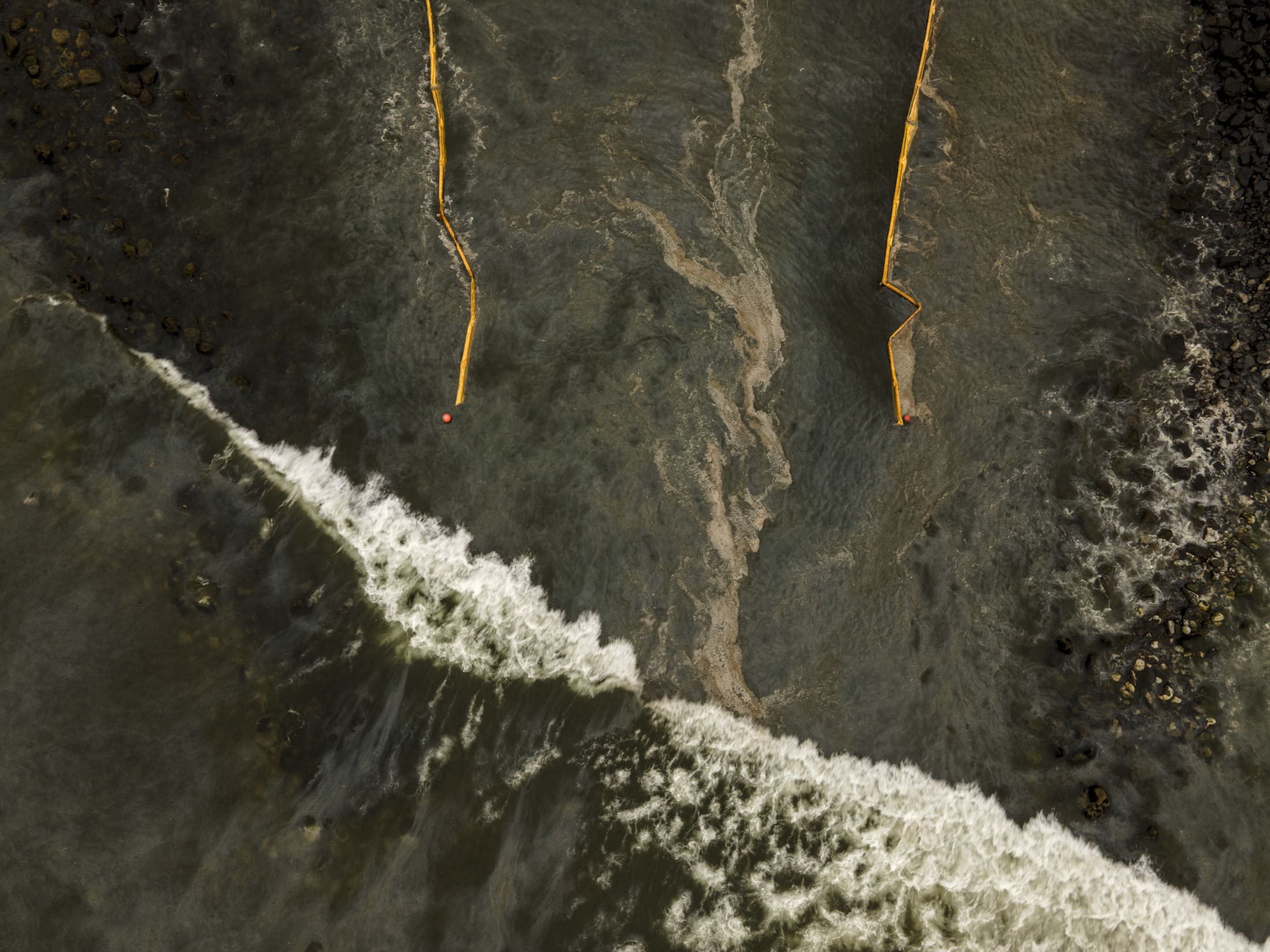
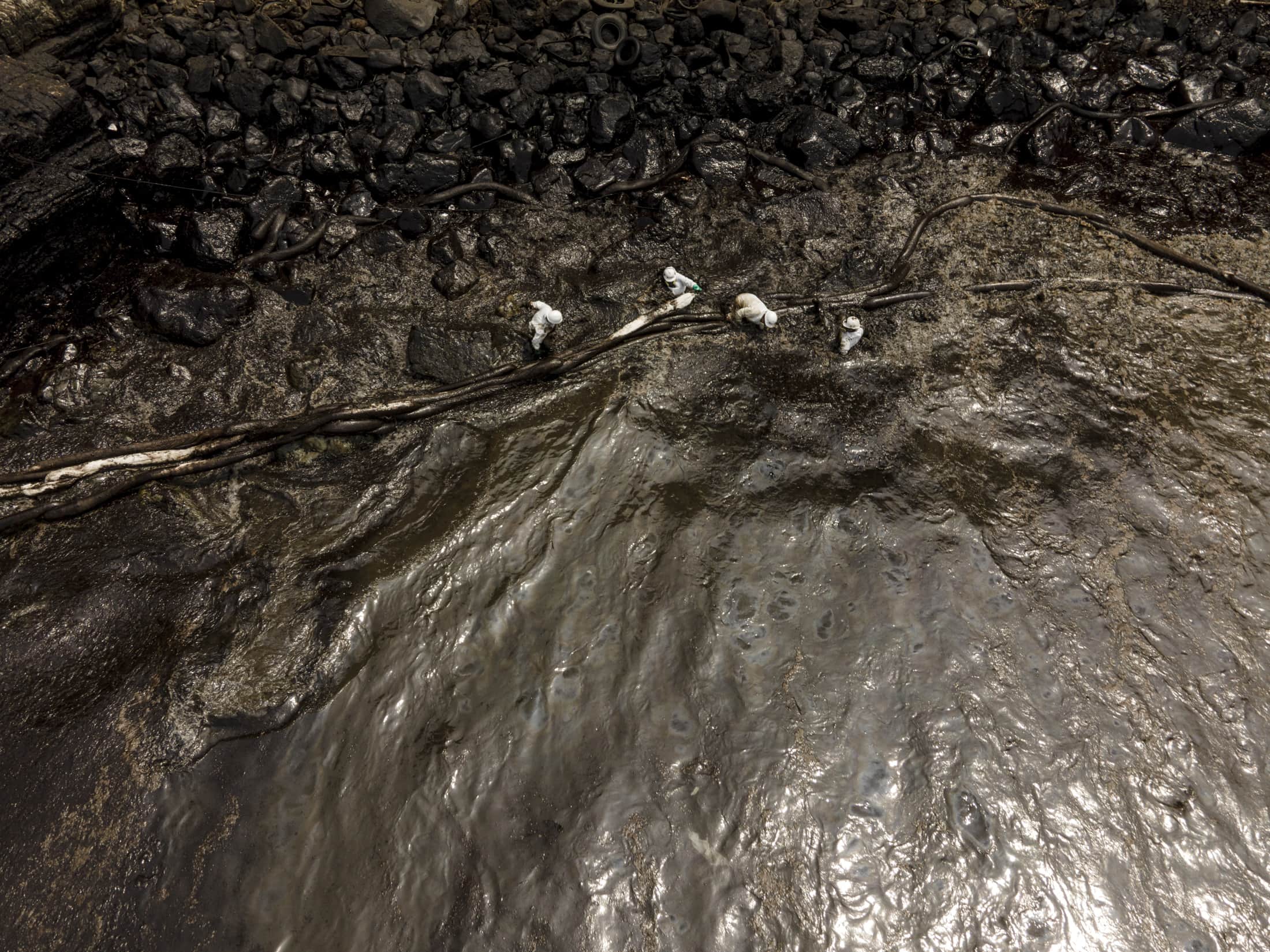
Musuk Nolte
Nolte recalls the case of some of his European colleagues sent to Latin America by prestigious agencies: they arrive following leads offered to them by local fixers who earn comparatively little. Three days later, they are back in Europe without soaking up the situation they have come to document. He has no definitive answers to this problem. Still, He believes that “photographers can avoid some of the vices of the profession” by working in the long term, involving the communities: “The crucial thing is to integrate the other, to allow the other to participate in the decision making about how they will be represented. And to make them participants, also, of the benefits that the project can generate”.
